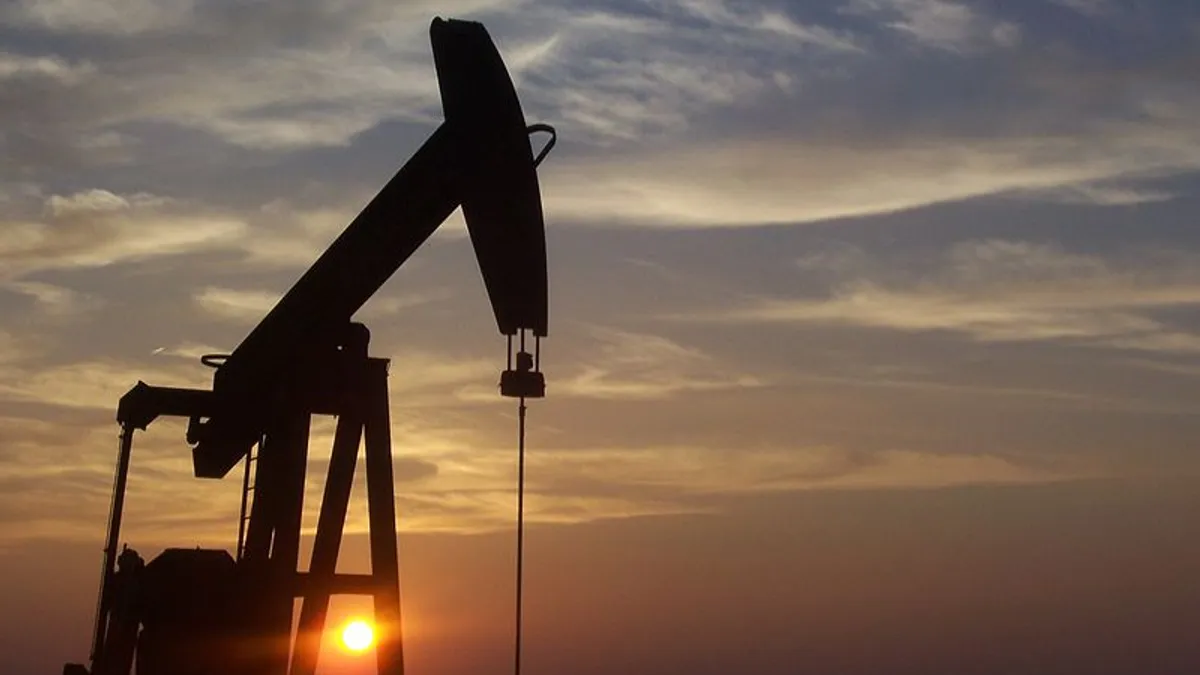Dive Brief:
- Oil and gas producers in Oklahoma have expanded their operations faster than transmission providers could keep up, resulting in about 2,600 MW of distributed fossil fuel generation powering the energy companies but not connected to the grid.
- Expanded fossil fuel production has stretched the utility network thin in Oklahoma. About 70 different utilities serve oil and gas producers, meaning the companies must comply with different systems, contracts and credit requirements.
- An increase in demand from the oil and gas sector has led Central Rural Electric Cooperative to propose doubling its system capacity to 250 MW.
Dive Insight:
The oil and gas industry in Oklahoma has essentially constructed two large power plants to fuel their operations. But because transmission in the state has not kept pace with the fossil fuel extraction industry, many drilling operations are powering themselves with small oil or gas-fired generators.
Analysts at Guernsey estimated the generators could be running more than 8,000 hours annually, The Oklahoman reported. “That’s the sole source of their supply because the transmission is not ready," said Guernsey senior consultant Bernie Cevera.
Some of the difficulty in constructing transmission to serve the gas patch, utilities say, is due to uncertainty in how long the new demand will exist when funding for large projects is often spread across decades. Central Rural Electric said that it worked directly with energy companies in planning its expansion. The Stillwater-based cooperative serves seven counties.















